可再生能源使用和储能
2020-02-23 20:45:28
The chemical power source is an energy storage intermediary. It connects energy generation and energy use in series, and plays a role in connecting and connecting, as shown in Figure 1.1. The electricity produced by renewable energy is "poor quality" electricity, the possibility of direct use is very small, and the generation time and the use time are often staggered. It is important that chemical power supplies connect the two processes of electricity generation and use intermediary. Electric energy generated from fossil fuels or renewable energy sources is stored in chemical power in the form of chemical energy before use, and chemical energy is converted into electrical energy and released when needed.

Figure 1.1 Intermediary of chemical energy
The daily electricity situation changes periodically. In the peak and valley of electricity consumption, there is excess power in the power grid. As shown in Figure 1.2, this excess electricity needs to be stored to save energy. The energy storage system is capable of this task. According to statistics, 10% of the total electricity in the United States needs peak-peak processing, and 15% in Europe.
Other forms of energy storage include many, such as pumping water to high water level storage (PHS), compressed air storage (CAES), and superconducting magnetic energy storage (SMES). The characteristics and capital cost comparison of various energy storage forms, VRB stands for vanadium flow battery, ALTES stands for low temperature thermal energy storage, CES stands for low temperature energy storage system, HTTES stands for high temperature thermal energy storage, and PSB stands for polysulfide bromide battery.
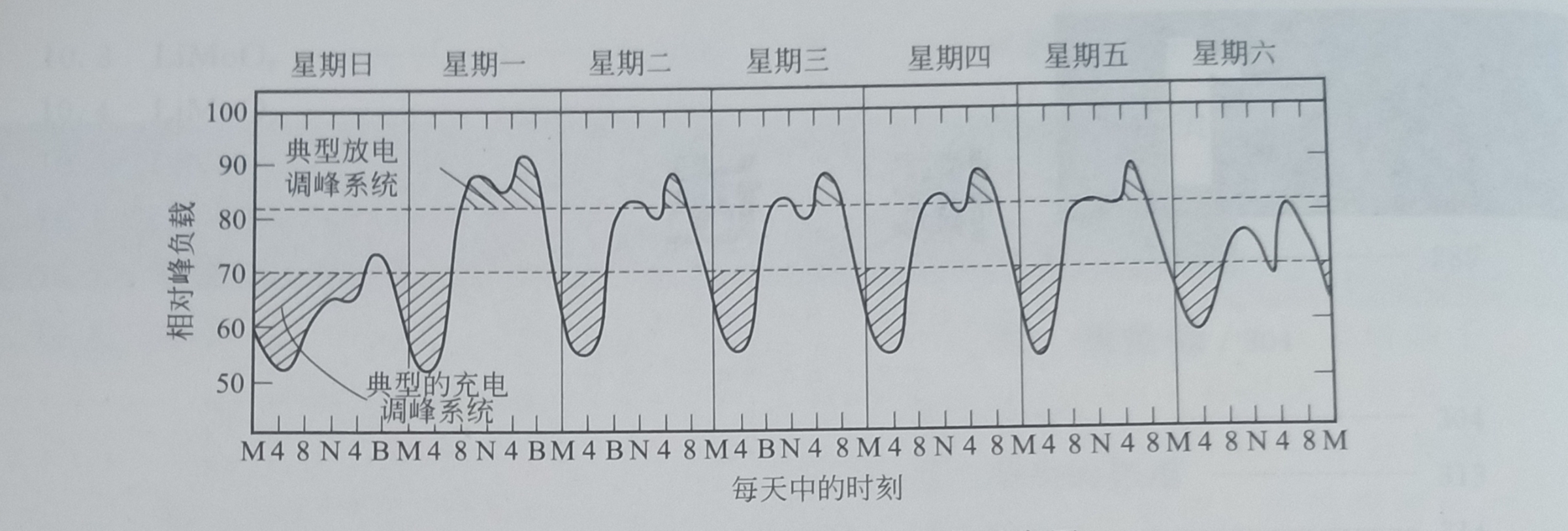
Figure 1.2 Schematic diagram of cyclical changes in consumption over a week
Figure 1.3 gives a comparison of the efficiency of various systems. The efficiency of lithium-ion batteries, supercapacitors and superconducting magnetic energy storage systems is the highest, above 90%, and the currently used lead-acid batteries have an efficiency of less than 80%.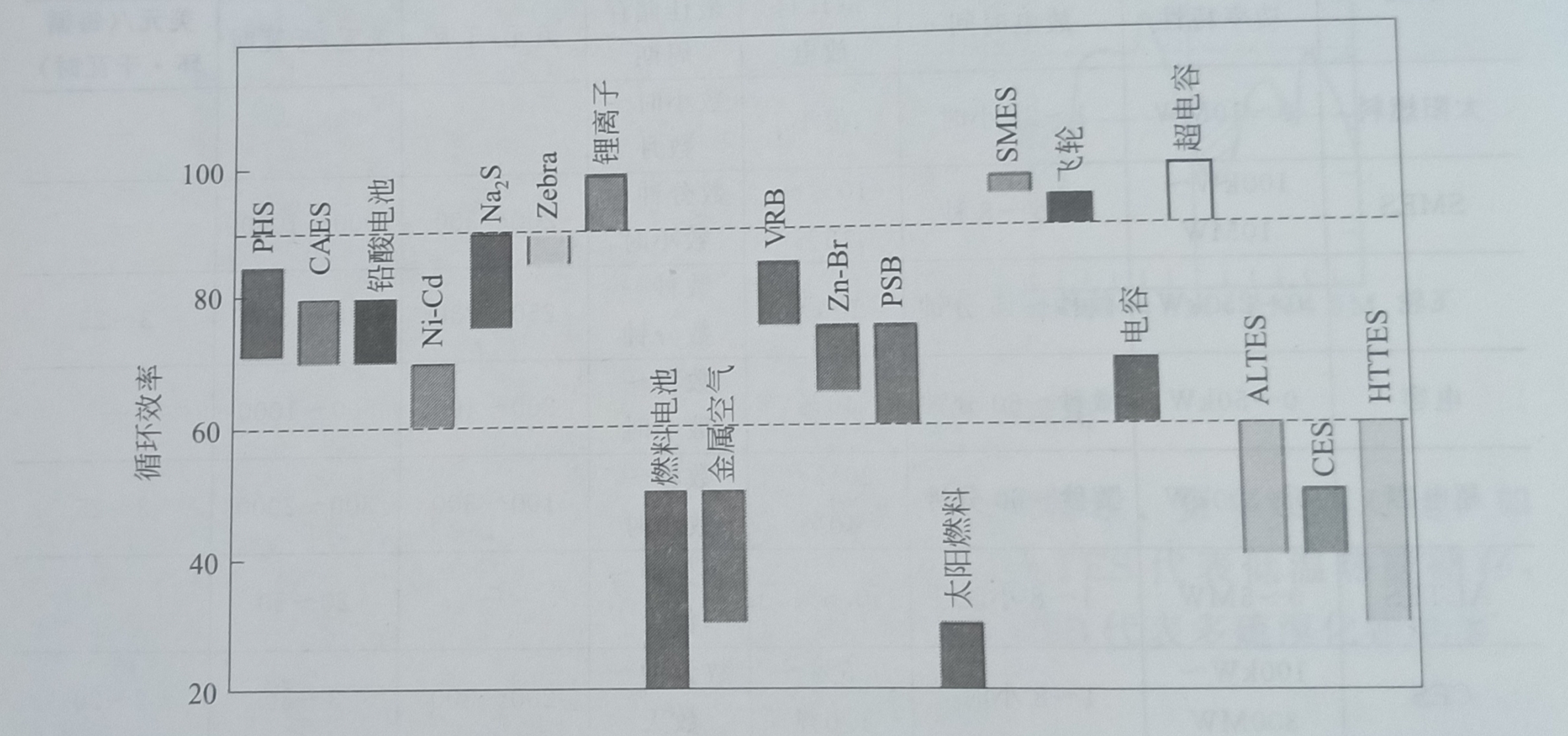
Figure 1.3 Efficiency of various energy storage systems
In addition to renewable energy sources, another process of generating electrical energy is the use of non-renewable energy, that is, fossil energy. Assuming coal power generation, assuming that the initial coal combustion energy is 100%, then where does this 100% energy go? What about the efficiency of the power generation process is 38%, and the remaining 62% eventually enters the atmosphere in the form of thermal energy. There is a 2% loss during the transmission of the power grid, and the remaining 36% is used by the user. If the user is solely used for lighting, it is converted into light. 2% and the remaining 34% are radiated as heat.
The main culprit of global warming is CO2, and countries around the world are paying more and more attention to the control of CO2 emissions. Figure 1.4 shows the CO2 emissions associated with various power generation technologies. Among various forms of energy, CO2 emissions from coal and natural gas are the most obvious. Among the renewable energy series, the CO2 emissions from solar power generation technology are the largest, and their SO2 and NOX emissions are also the most obvious. Figures 1.5 and 1.6 show the SO2 and NOX emissions associated with various power generation technologies, respectively.
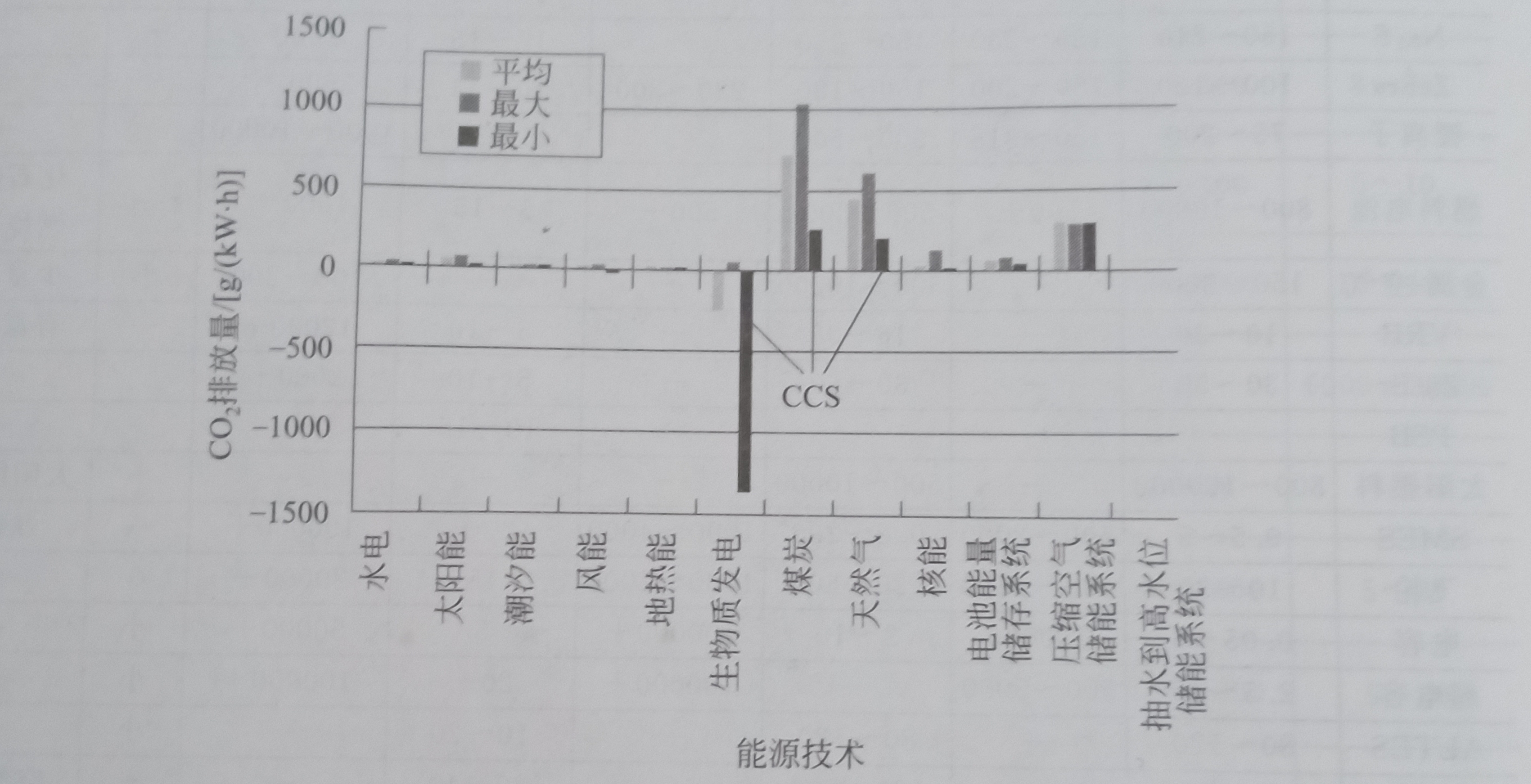
Figure 1.4 Comparison of CO₂ emissions from various power sources (considering CO₂ consumption)
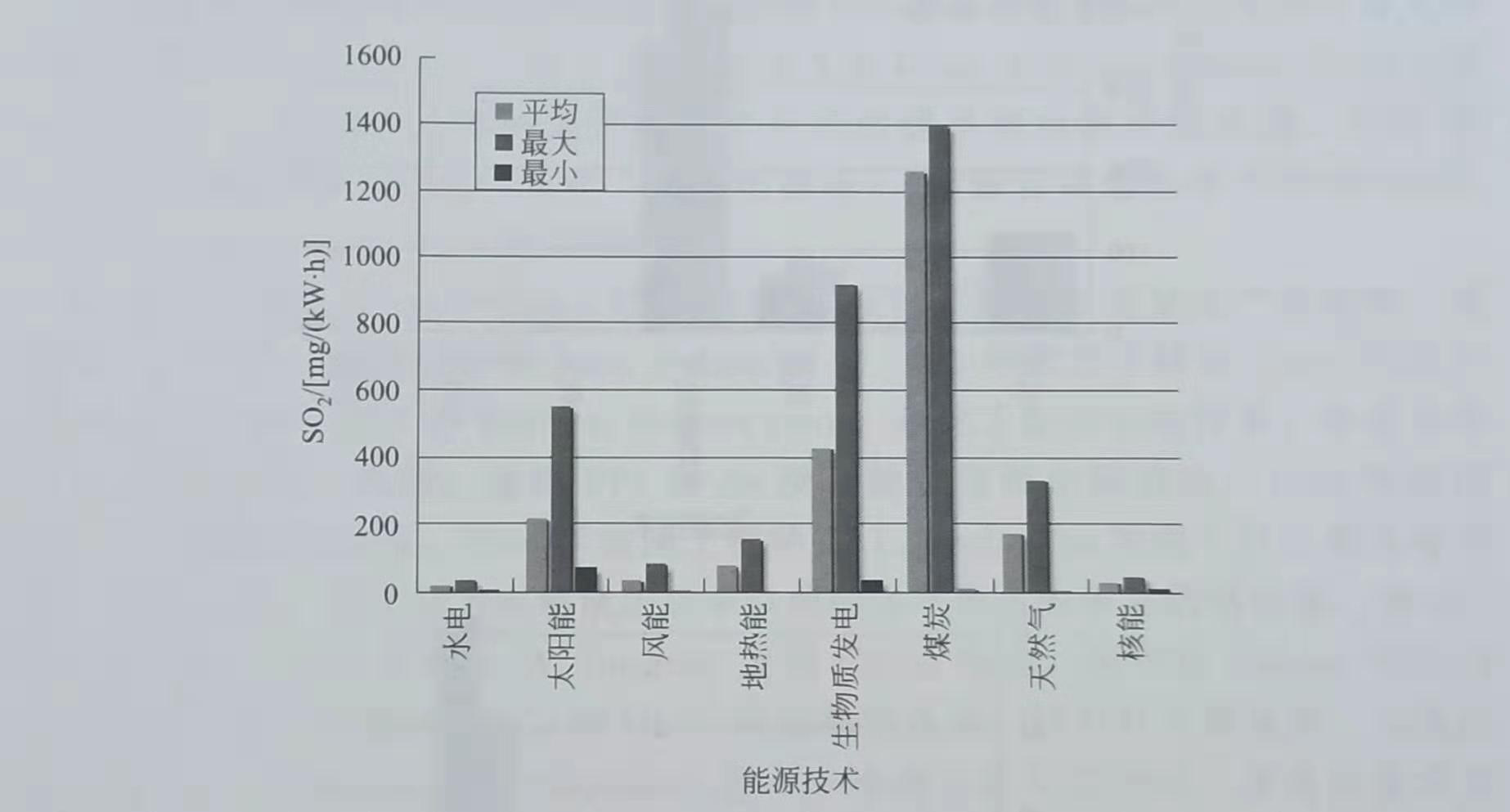
Figure 1.5 SO₂ emissions from various power generation technologies
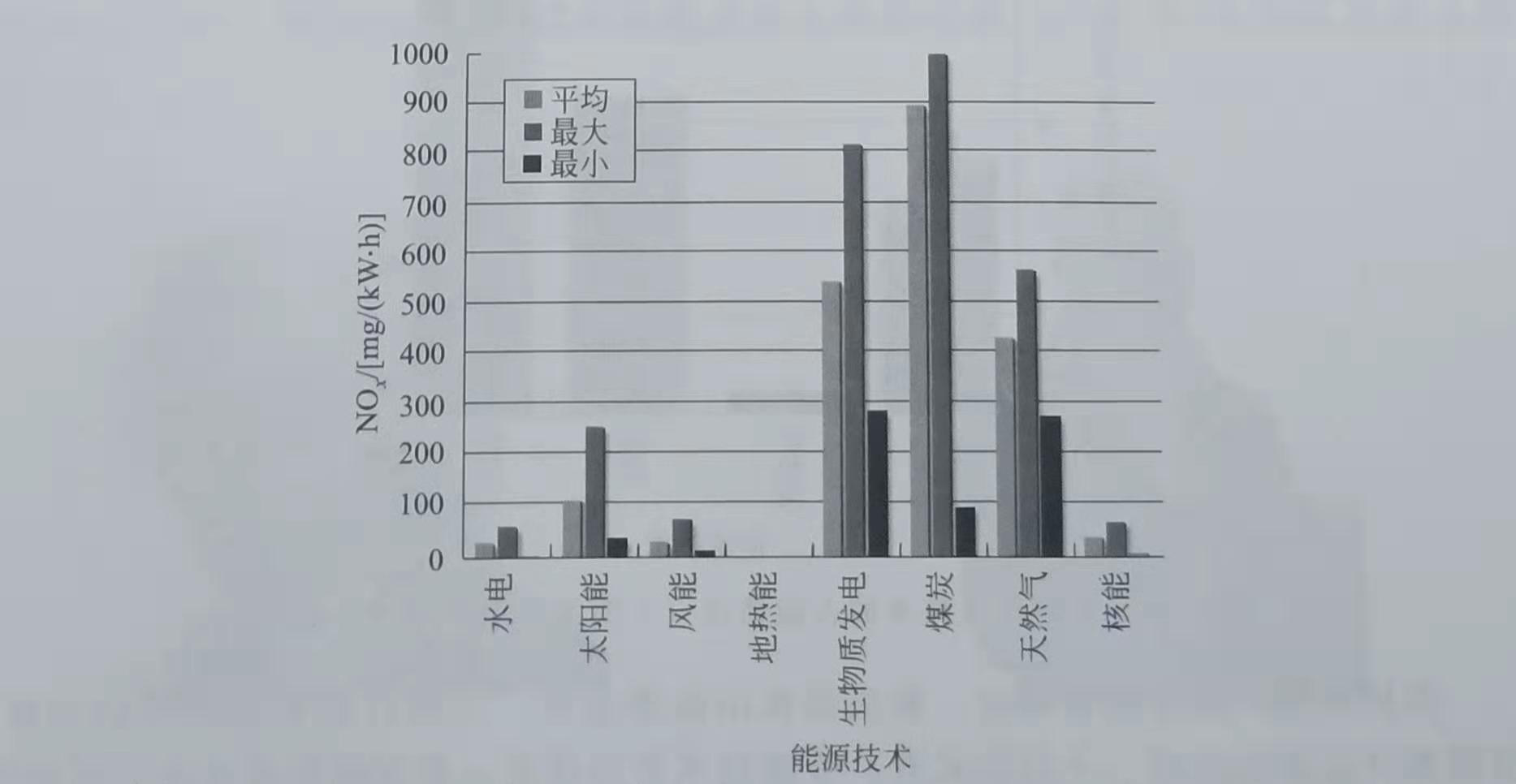
Figure 1.6 NOX emissions from various power generation technologies
From the perspective of the average land area, biomass power generation mode uses the largest land area. Each megawatt-hour power generation requires 300 ~ 400m2 land, solar energy is 8 ~ 10m2, nuclear power generation is slightly more than 6m2, and natural gas power generation technology covers an area. The smallest area is less than 1m2, as shown in Figure 1.7. From these data, the practical application of biomass power generation technology is very unlikely.
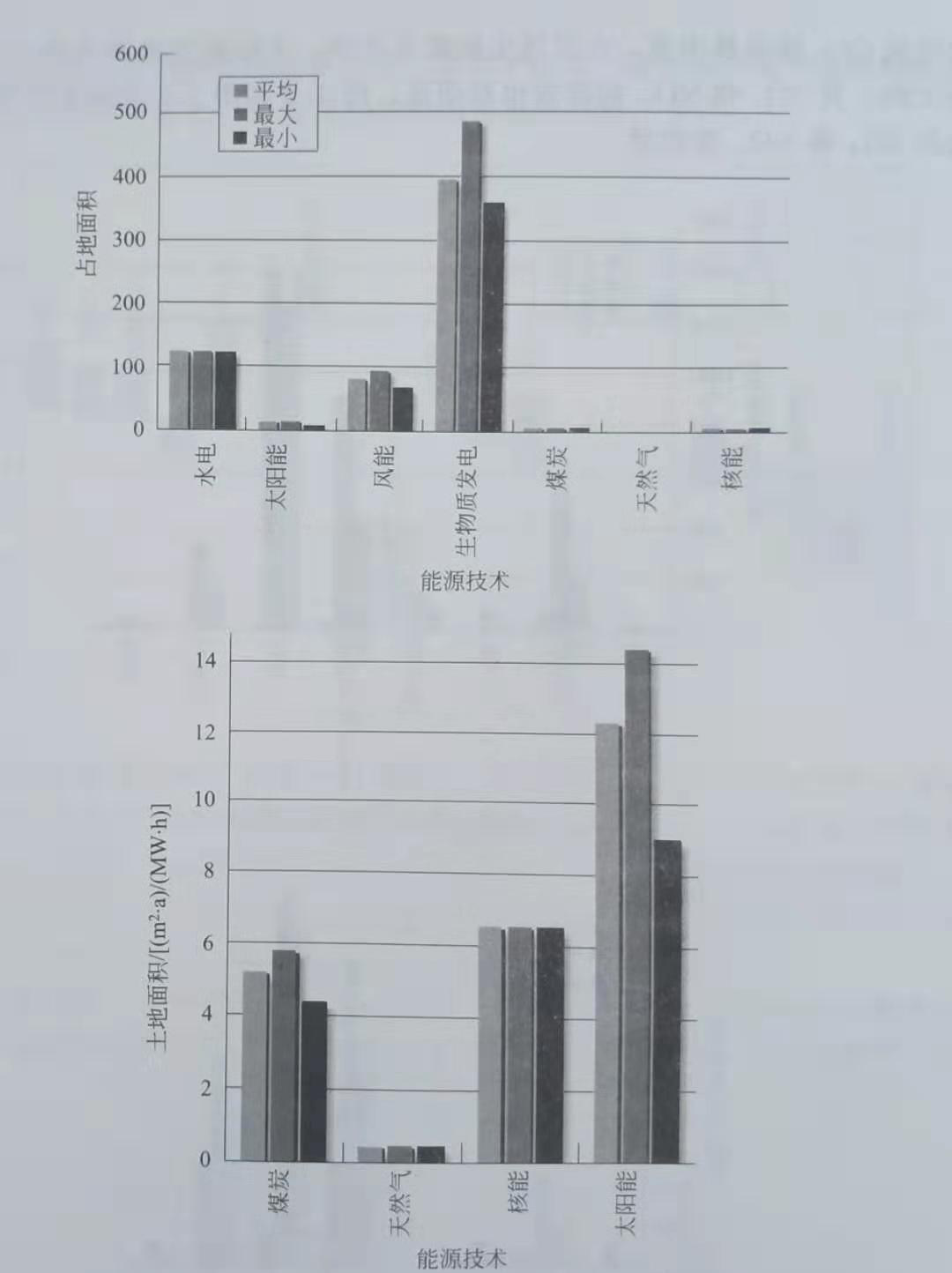
Figure 1.7 Occupation of various power generation technologies (the following figure is a partial enlargement of the upper picture)
There are two main ways to protect the environment, mitigate the greenhouse effect, and resolve the potential energy crisis: energy saving and the development of new energy sources. From the current point of view, energy saving technologies are more important. The United States and Western Europe have done a good job in this regard. The energy consumed per US dollar of GDP in 2012 in the United States was only half of what it was in 1980. No statistics in this regard have been found in China.
-
skype
Zale Zhou
